Shocking Environmental Impact of Popular Health Foods
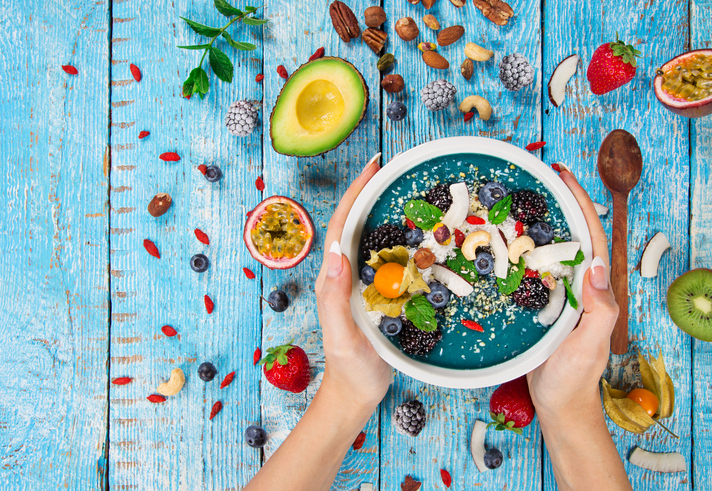
Plenty of people associate me with food and healthy recipes. I am honoured and grateful for that. I love good, real, health supportive food and am always happy to inspire others to enjoy the powerful benefits of food to support their health. That’s why I created the Academy of Culinary Nutrition. You’ll notice that I also talk about a wide spectrum of topics that impact our health including beauty care, home cleaning, plastic alternatives, the mind-body connection and the environment. That last one is especially important – there is no ‘away’, as what we don’t eat or use has to go somewhere. But what do we do when our favourite popular health foods have an environmental impact? How do we reconcile the two?
Ready for me to ruin all your (and my!) favourites. This is where I now explain the shocking environmental impact of popular health foods and how we can consume mindfully and wisely. You can of course leave now, but you really shouldn’t.
Environmental Impact OF Bananas

Bananas are one of the most popular, high-selling fruits in the world. Bananas are a great sugar alternative that lend sweetness to vegan baking, pancakes, dairy-free ‘faux-gurt‘, green smoothies and banana ‘nice cream’. But their global impact isn’t always so sweet.
The Banana’s Carbon Footprint: Many of us consuming bananas don’t live in places where bananas grow naturally. That means they are being shipped to us from tropical locations. The banana’s carbon footprint includes the growing, packing, shipping and transport, as well as the energy produced to treat bananas while they are being ripened (bananas are picked green and then are artificially ripened with ethylene gas under controlled conditions). The banana’s carbon footprint, at 1.37 kg CO2 per kilogram of banana, is considered quite ‘low’ compared to other foods. However, when we are eating a banana a day, along with other foods that come from far away, it adds up.
Monocropping: Bananas are a monocrop. The main variety of banana is the Cavendish and monocrops like bananas deplete the soil and make the plants more susceptible to diseases. The Cavendish banana is actually in danger from a fungus called Black Sigatoka, which can be difficult to control. And what do they use to attack or prevent fungus? Fungicides, herbicides and pesticides.
Pesticide Use: As a monocrop vulnerable to disease, bananas are heavily sprayed with pesticides that are hormone disruptors, neurotoxins and known carcinogens. Some estimates are at 35 pounds of pesticides per acre. These pesticides don’t just impact our health – they also affect the surrounding soil, water, animals and ecosystem. Plus, there are the farm workers who are continuously and directly exposed to these dangerous chemicals.
Worker Exploitation: Many banana plantation workers work long hours in difficult conditions – handling pesticides and herbicides without sufficient protection – for low wages and poor job security. Banana workers have been exploited since the banana trade began well over a hundred years ago, though in the last few decades we have been making progress with fair trade and organic certifications that seek to change this.
‘Big Banana’: The large banana companies, like Dole and Chiquita, are dominating the industry and crowding out the smaller farmers, who can’t possibly compete with the big guys.
How You Can Help
You don’t need to give up bananas forever, but there are ways that you can help:
- Reduce banana consumption. If you eat a banana every day, that’s 365 bananas every year. That’s a lot! Bananas are high in sugar as well, and when we try to eliminate white sugar we often turn to the ultra sweet fruits to solve the problem. Aim to reduce your consumption of bananas. I began doing this several years ago and now I’m at the point where bananas are a once-in-awhile treat.
- Buy organic and fair trade bananas. These bananas come from farms that aim to support their workers fairly, and consider the health of the soil and the environment. Learn more about choosing good banana sources here.
Environmental Impact of Avocados
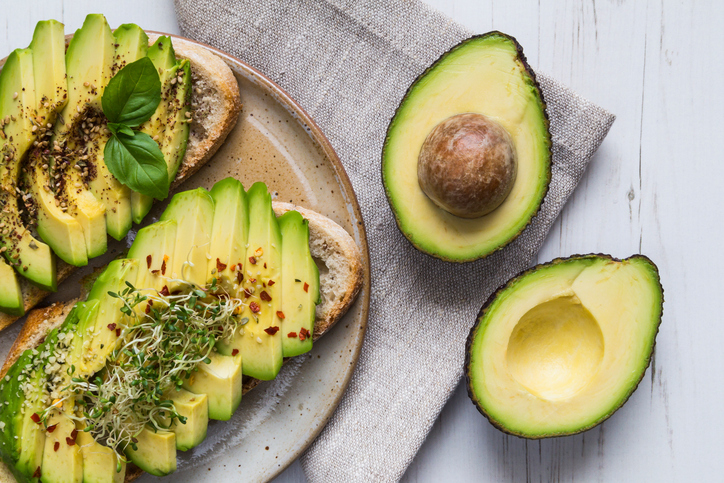
Yes, I’m about to ruin your avocado toast. Avocados have surged in popularity and we enjoy them on toast, in smoothies, in chocolate pudding, guacamole and more.
Avocado consumption in the US alone has more than quadrupled in the last two decades, reaching an all-time high in 2021, with the average person consuming 9 pounds of them each week. Annual consumption has risen six-fold since 1985, when Americans ate 436 million pounds annually (now it’s 2.7 billion pounds). Globally, we consume 11 billion pounds of avocados every year.
Currently, the avocado market is worth $15 billion dollars, and that number is expected to rise to nearly $18 billion dollars by 2026.
So what impact does all of this consumption have on the environment?
Deforestation: Avocados are the reason for a third of Mexico’s deforestation, where 6,000 to 8,000 hectares of forest are clear-cut each year for avocado farming. Most of this is illegal deforestation, due to aggressive agriculture combined with gaps in policy. Greenpeace declared that this rapid transformation “is turning forests into guacamole.” The monarch butterfly, which winters in the forests of Michoacán (the state where many avocados are grown), are put at risk, along with other plants and animals in the habitat. What’s more, many of the agricultural lands used to grow avocados are in the hands of drug cartels, who demand payments through intimidation from farmers. (Farmers have organized a vigilante citizen police movement to protect themselves.)
Water Consumption: It can take up to 272 litres of water to grow a pound of avocados, which is about 2 avocados. An astonishing 9.5 billion litres of water are used to grow them every day. In drought-ridden California, avocados are closing in on almonds as a top water-draining crop. An avocado orchard uses twice as much water as a regular forest, and much of that water is diverted from the natural habitat where other plants and animals can use it. Plus, it can take 7 years for a tree to reach maturity, which takes up a lot of energy and resources.
Food Waste: We eat the flesh of the avocado and discard the peel and the pit. While the seed is actually edible it is quite bitter, so the peel and pit end up in the landfill or compost.
The Avocado’s Carbon Footprint: One study estimates that the carbon footprint of avocados is 5 times higher than bananas. That includes growing, packaging and transportation.
Pesticides: Avocados are grown with pesticides that are hormone disruptors, neurotoxins and known carcinogens. With so much forest being replaced by avocado orchards, there are more pesticides and herbicides being sprayed and spreading throughout the soil and surrounding environment.
Worker Exploitation: Mexico has become dependent on the lucrative avocado production, but these low paid workers are being exposed to harmful chemicals – not to mention the criminal extortion and pressure from the cartels!
How You Can Help
Look for fair trade avocados at the grocery store. Buying organic will also help reduce your exposure to pesticides and play a role in helping the environment where those avocados are grown.
Environmental Impact OF Coconut
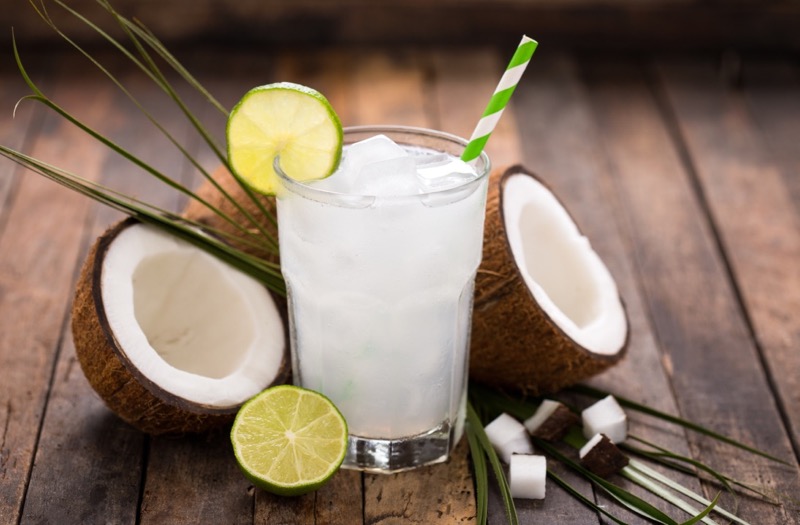
Whether it’s coconut oil, coconut milk or coconut water, I am on board with its nutritional profile and versatility (I also think I have tropical blood running through my veins). It’s a multi-use plant, producing the oils, meat and water. Coconut is one of my favourite fats. Coconut oil consumption rose by an astounding 780% between 2008 and 2012, and the production of coconut worldwide is about 61 million metric tons a year.
Environmentally speaking, coconut isn’t associated with the deforestation of some other products, but it still has an impact.
Coconut’s Carbon Footprint: Coconuts are grown in tropical locales, mainly Indonesia, the Philippines and India. That is a long way from me here in Canada, and unless you live in those three countries, it’s probably a long way from you too. Our coconut products require transportation to get to us, and that means carbon emissions.
Packaging: Since coconut products are coming from far away, they need to be packaged properly so they will reach us fresh, unspoiled and intact. Whole coconuts are sealed in plastic wrap, coconut milk is encased in cans or cartons (often lined with BPA) and coconut water is packaged in plastic bottles or tetra packs. Even the glass bottles for coconut oil may not end up being recycled.
Monocropping: Coconuts are a monocrop, which can have an impact on the soil surrounding environment. It can take five years for a tree to begin producing coconuts but as it ages it makes less, and that decrease usually begins after age 30. This leaves the farmer with the choice to remove and replant, or use valuable land and resources to keep the less productive tree around.
Worker Poverty: Coconut farmers live in poverty, earning less than a dollar a day, and it can be dangerous to make the climb up the tree to get those coconuts.
Climate Change: The Philippines has about 20 typhoons per year that destroy trees, damage the farms and create financial loss.
How You Can Help
Look for fair trade certified labels on coconut products, as this ensures the coconuts were grown with respect for the ecosystem and the people who work on it. Also, consider ways you can reduce coconut packaging – for example, try making your own coconut milk rather than buying from a can.
Environmental Impact OF Chocolate
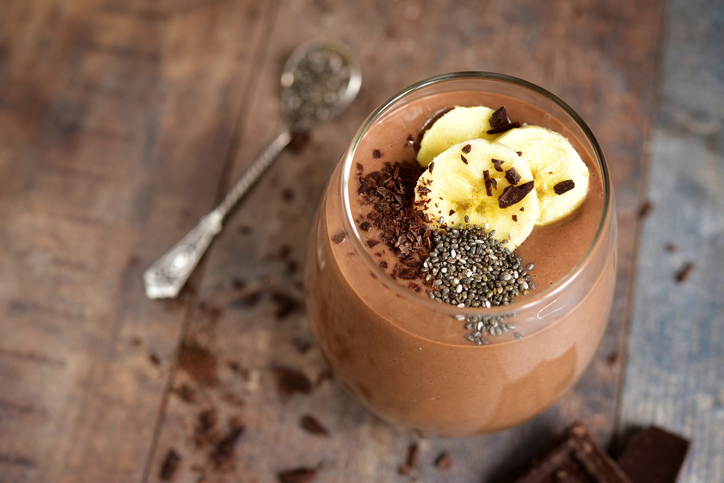
It probably won’t shock you to learn that the world loves chocolate. We consume just over 7.3 million tonnes of it every year, and global chocolate sales are about $101 billion dollars (US). Many of us probably don’t think about where chocolate comes from and how it actually gets from bean to bar. I have visited chocolate plantations in St. Lucia and the cocoa plant is very different from the brightly-wrapped, sugar-filled candy bars that are ubiquitous in grocery stores and gas stations.
Some of the environmental issues facing chocolate are:
Deforestation: Cacao grows in a specific climate, within 20 degrees north and south of the equator. Most of the world’s cocoa production takes place in Ghana and the Ivory Coast, where rainforests have reduced by 80% since 1960. The Ivory Coast now only has 4% of its land covered by forest, and some environmental experts fear that by 2030 there may not be any left. As forests are slashed for cocoa production, this also leaves less shade for the plants to protect them from the sun, not to mention the habitat that is destroyed for wildlife.
Climate Change: Rising temperatures and less water in the countries where cacao is grown make it harder for the plants to grow and thrive. Cocoa is a monocrop, which leads to less sustainability and stability throughout the ecosystem, and it is currently under siege from several pests who threaten it’s survival.
Chocolate’s Carbon Footprint: It takes a year for a cocoa tree to grow enough cocoa to make half a pound of chocolate. And like coconut, the trees become less productive as they age. You don’t just pluck chocolate off the tree – there is a lot that goes into cocoa production and processing, including harvesting, cleaning, fermenting, roasting and drying, extracting the cacao butter and other component parts (nibs, powder, paste, etc.), along with packaging, storage and shipping.
One case study of a single cacao plantation estimated that throughout its lifetime, the plantation would produce 660,000 tons of carbon dioxide, the equivalent of driving around the earth 58, 819 times. From a single chocolate bar perspective, one 200g dark chocolate bar is equivalent to driving your car 4.9 miles (about 8 km here in Canada).
Plus, when you consider all of the chocolate wrappers, both for large chocolate bars and the mini ones we hand out at Halloween, that is a lot of waste going into the garbage.
Slave Labour: The cocoa industry has been widely criticized for its child labour practices. In 2013-14, 2 million children were used for cocoa production. Adults in the cocoa industry make low wages as well, less than a dollar a day, and work under difficult conditions.
Will Chocolate Go Extinct? Based on the deforestation and climate issues, chocolate has made headlines with experts questioning if it will go extinct. While this could be a possibility, others argue that true biological extinction likely won’t happen in the next few decades, as other countries are able to grow it as well. Another concern I have about chocolate sustainability is that scientists and the Mars chocolate company are trying ‘save’ chocolate by modifying it so it will be more resistant to drought and pests. And I have grave concerns about GMOs and their impact on the environment and our health.
How You Can Help
Look for organic, fair trade chocolate on the market, which preserves the environment and ensures farmers are compensated and treated fairly. There are many artisanal chocolate makers all around North America. I have my faves here in Toronto, and if you take a look around your neighbourhood I’ll bet you can find some awesome, conscious chocolate producers as well.
To cut down on chocolate packaging (like chocolate wrappers), try making your own chocolate treats! You can easily whip up your own chocolate bars and chunks with simple ingredients like raw cacao, cacao butter and a natural sweetener.
What Does Your Smoothie and Juice Habit Have To Do With It?
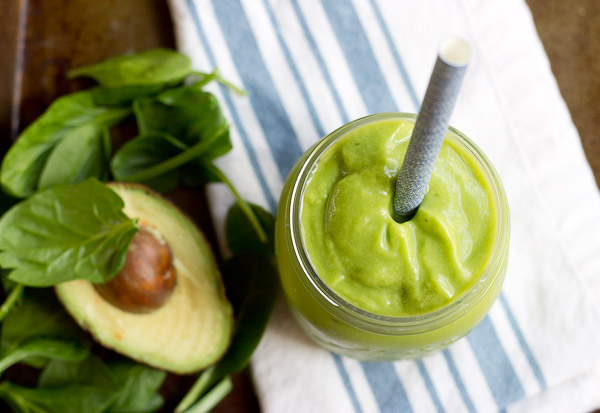
Cold pressed juice and smoothie bars are popular – they are scattered throughout my hometown and are probably cropping up where you are if you live in a major city. In the United States, the juice industry earned over 2 billion in revenue in the last five years. Analysts predict that in the coming years, the market will grow to $14 billion by 2030.
Smoothies and juices are power-packed drinks that are great for our health, but when we purchase them from juice bars those single-serving cups have an impact on the environment. Some cities have implemented single-use bans or cup fees to encourage reusables, as 2.6 million cups are being tossed in the garbage every week (this includes plastic, paper and styrofoam cups).
Most cups from juice bars are going to be some form of plastic. Even the recyclable or environmentally-friendly cups are going to affect the environment, as the average person will only take 12 steps carrying their garbage. This means that people may not seek out the appropriate recycling facilities for their cups, or take them home to be recycled.
Take-away juice that comes in glass in a better option, but again, the first word in the well-worn phrase ‘Reduce, reuse, recycle’ is reduce. Glass takes 1 million years to break down in a landfill and only 20% of our paper, plastic and glass materials come from recycled materials.
How You Can Help
Bring your own cups and jars when buying a take-out smoothie or juice. Mason jars are a great option, and stainless steel works well too. If you love juices and smoothies, it’s worth investing in a good quality, cold-pressed juicer and high speed blender so you can make your own at home. This is a bigger investment up front, but pays off in the end. I’ve had my blender and juicer for years and use them almost daily. Plus, with the cost of one juice being anywhere from $8-12 dollars or more, you can get more bang for your buck by making them at home.
We Are Part of the Solution
At this point, you might be bummed to learn of the environmental impacts of some of your favourite foods. You might even be thinking — but Meghan, I eat a lot of this stuff because you recommend it.
I get it. I love all of these foods – on their own and as part of my recipes. I’m also very mindful of my consumption. The core of my diet is not avocados, or coconuts or chocolate (though I would love that), and I am always mindful of how far my food has had to travel and what went in to getting it to me.
I don’t deny the amazing nutritional benefits of the foods I’ve discussed here, but unfortunately, our demand for them worldwide has also resulted in stress on the environment and the people who work to bring us these wonderful foods.
As consumers, we have contributed to the problem but we are also part of the solution! When we know better, we can do better – and in this case, that means being more selective about the ingredients or foods that come from further away. What this all comes down to is focusing our diet on the foods that we can buy seasonally and locally in our cities, and reserving some of the faraway foods for special occasions. When we do buy tropical ingredients, aim for organic and fair trade ones that contribute to the health of the environment and its people.
It’s not an easy task, I know, but one that will help preserve the world as we know if for generations to come.
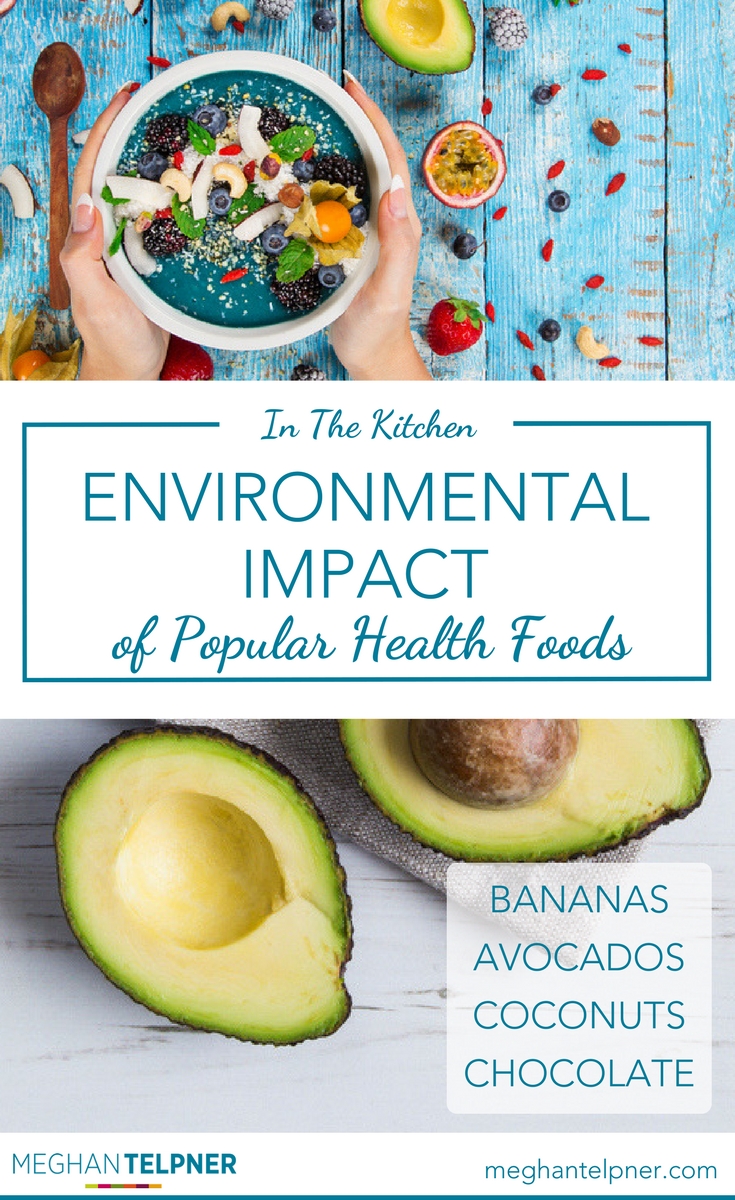
Photos: iStock/ Kesu01, Lilechka75, baibaz
Free Resource Library
Enjoy more than 40 downloadable guides, recipes, and resources.
















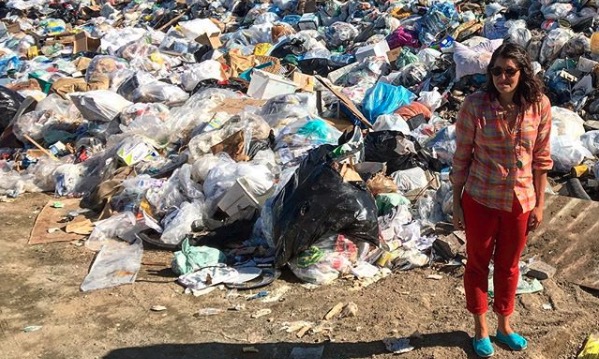

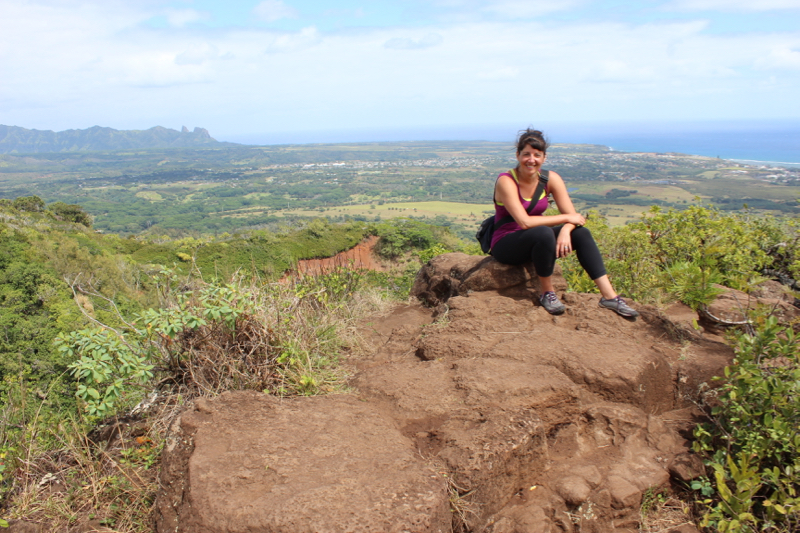
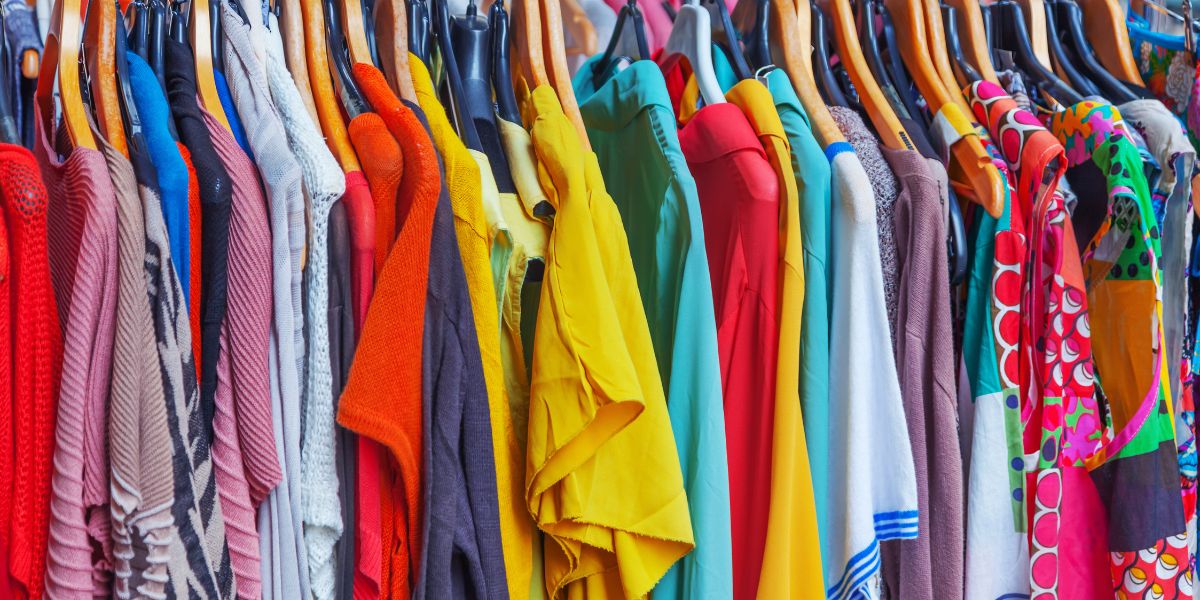
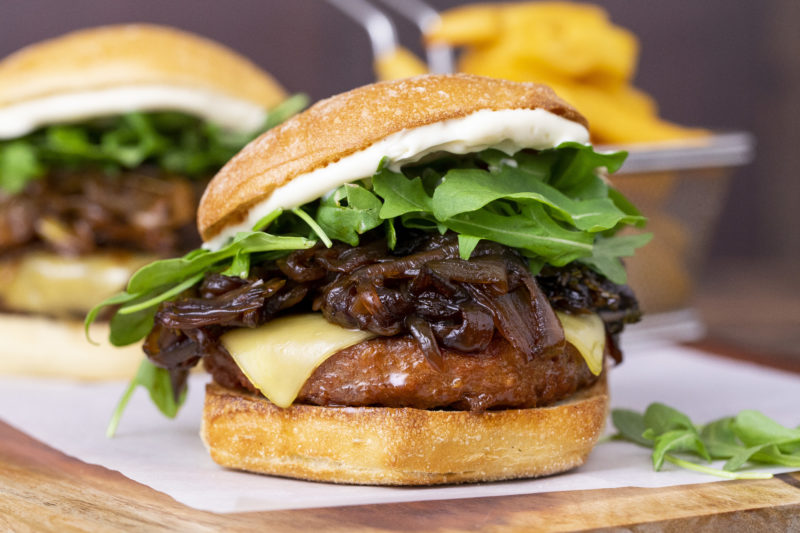



Thank you for this! My word for 2018 is consumption – not just how much I consume but what I consume and where it comes from and how it gets to me. Food has been on my mind a lot especially avocado, chocolate and bananas (coconut has always been a “once in a while” treat for me). I’ve cut my avocado consumption back dramatically this year – I’ve had two all year (but boy do I miss them!) and chocolate has also been relegated to a once a week treat (and then it’s fair trade). Bananas are my last hold out but I know I need to do something about that… I just love them so. But this was really helpful to keep me on track with limiting these foods and enjoying them as treats. I knew in my gut they had to be limited just because of sheer distance travelled to get to me but the other info put it even more into perspective. I’ll include a link to this in my next consumption update on my blog (I think this is the hardest word of the year I’ve ever chosen!)
It’s not only plastic take-away cups and containers, but plastic straws need to be banned. It’s a bad habit that contributes to pollution in the oceans. Restaurants and bars automatically give you a straw and it is then tossed in the garbage. Bring your own stainless steel straw (if you are a straw-user), and make a point of telling your server you do not want a straw. Spread the word!
Did you investigate the effect of deforestation on Oranguatans (and other threatened species) in the cultivation of Coconut Palms in the countries mentioned? Many people who are anti-palm oil don’t equate coconut products with the same devastation. Just wondering if you looked into this and what you found?
It would have been interesting to read about treenuts and how the sudden increase of tree nut production in recent years has impacted the environment, etc. Namely almonds and cashews. (Also interesting is a suspected correlation between increased tree nut consumption and almond & hazelnut allergies in adults.)
I agree with you that we need to be mindful of the path our food takes and how some foods have a longer path (need more resources before eating). I am curious about how much resources, water and land, are required, including the grains and soy grown, for the meat that most people deem healthy also. I like the idea of local grass fed free range but the amount of land required to graze one animal make this unsustainable for the population as a whole. I just think that the meat and dairy people consume should also be compared to put things in perspective.
Thank you so much for this big eye opener post! There are been such a huge shift in healthy eating that we need to see the other side of its impact. I love my bananas and so do my kids!! We buy the fair trade ones (hard to cut out bananas). This article has given me lots of think about, thank you. So would you say that if we still wanted to indulge in these favourites we should chose fair trade?
Such an important topic and not one too many folks in the wellness community are talking about! So glad you did! Over the years I’ve tried to be more mindful of exactly what my purchases support.. Are there any alternatives you’ve discovered to these items? especially avocados and coconut, I feel like I still lean on coconuts pretty hard since I make coconut milk, coconut butter, etc and use coconut oil.
Hi Meghan, thank you for this eye opening information. I am older and as many of these foods were not even available when I was young, I give a lot of thought to where they grow in relation to where I am. Eating local and in season is a phrase touted where I live and I do try to do that as much as possible. I rarely eat the foods you mention, but I notice their oils are in many products I use, etc. My question to you is, what about coffee? Huge consumption! Although as you mentioned in an earlier post, regarding palm oil, it may not be considered a “health food.” Thank you for everything you provide, I love your “blog!”